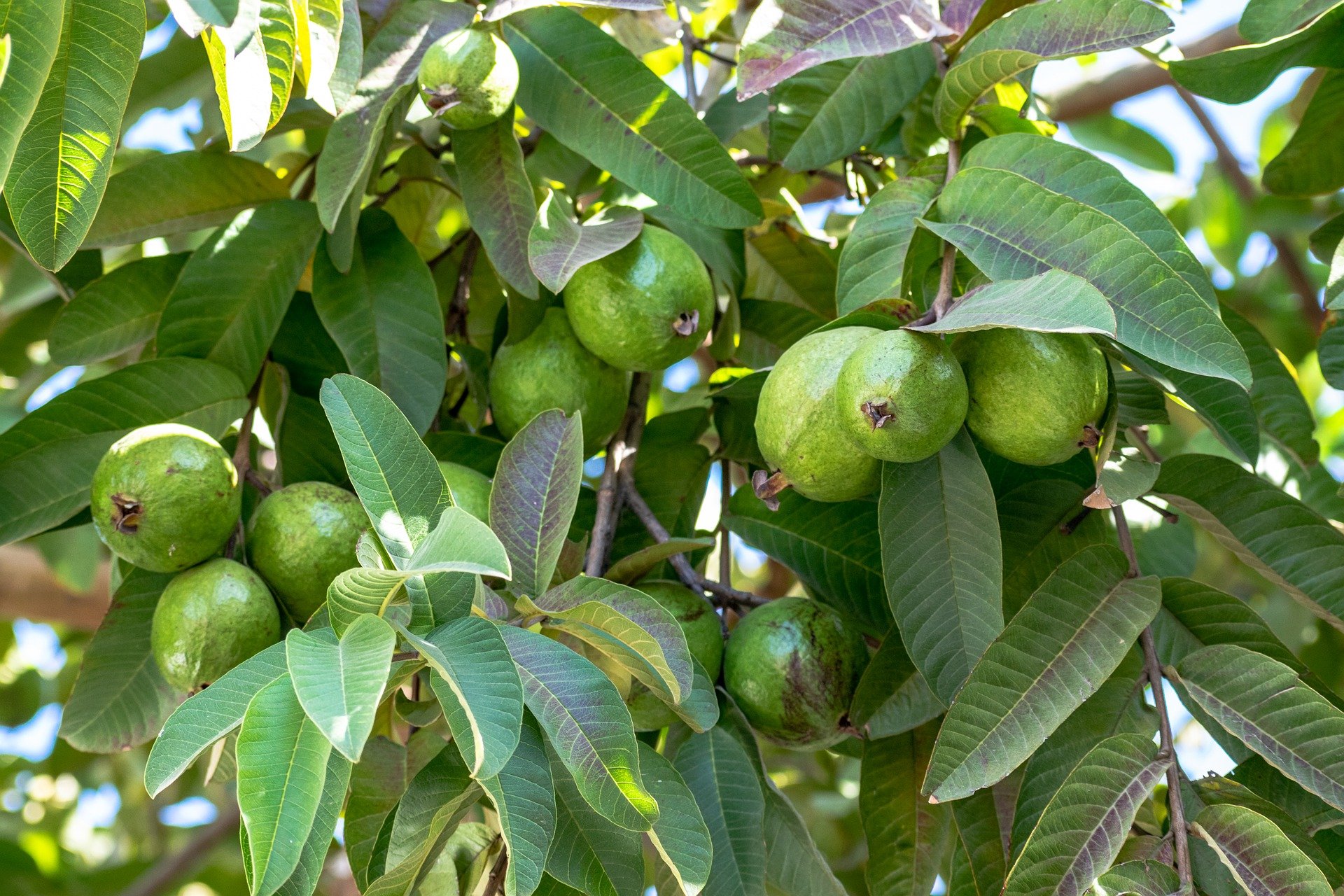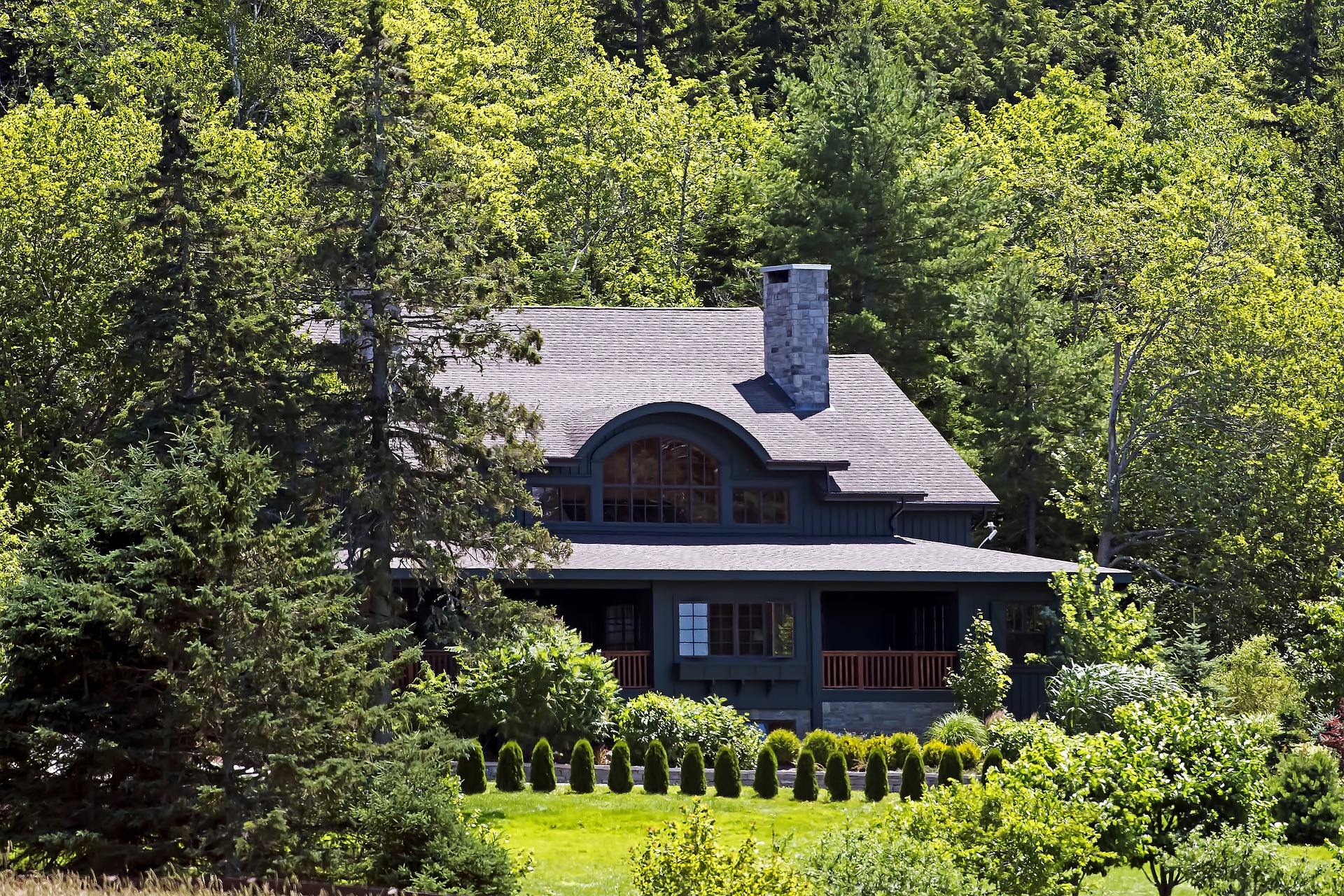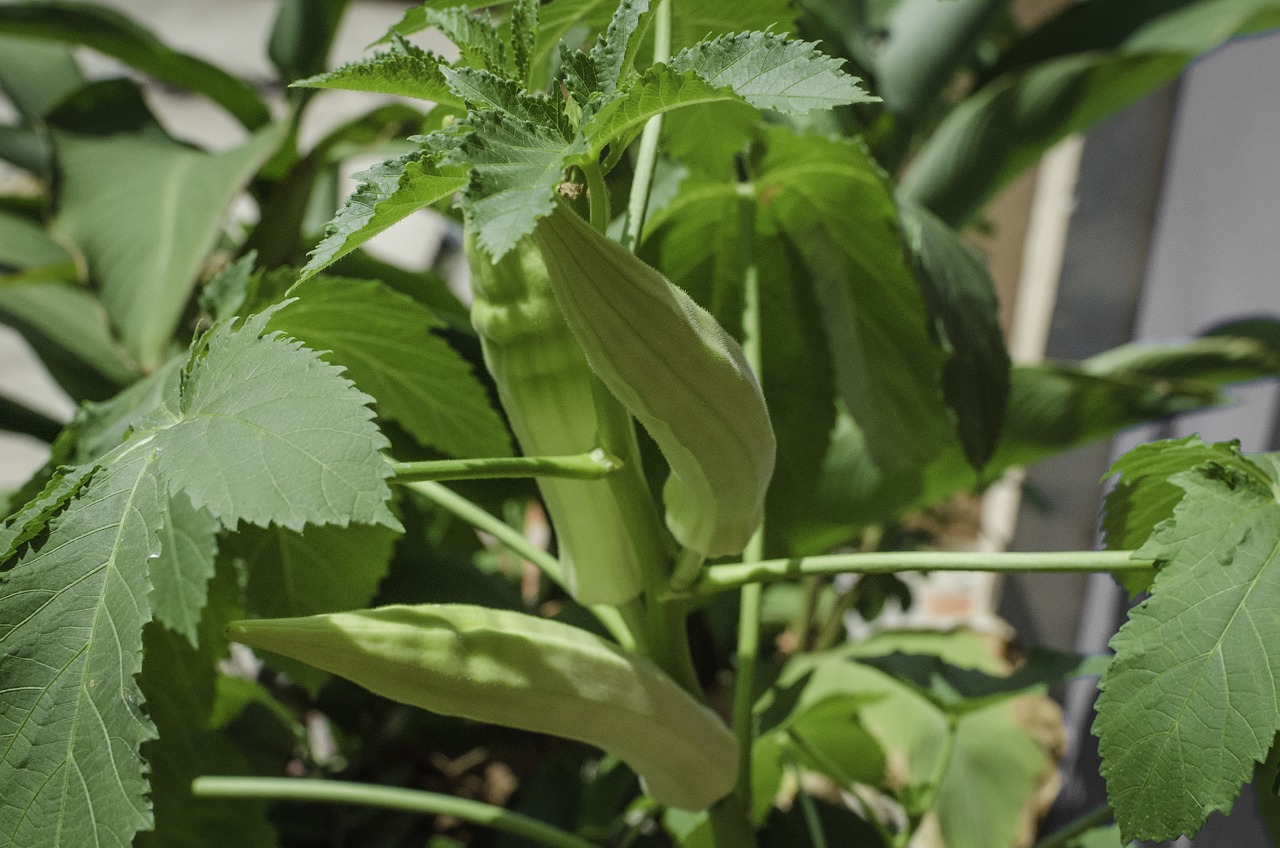Fennel is an aromatic plant that has a sweet, licorice-like , and slightly spicy flavor, with a distinctive taste that sets it apart from other herbs and vegetables, making it a valuable addition to a home vegetable garden.
Here’s a guide on how to grow and care for fennel:
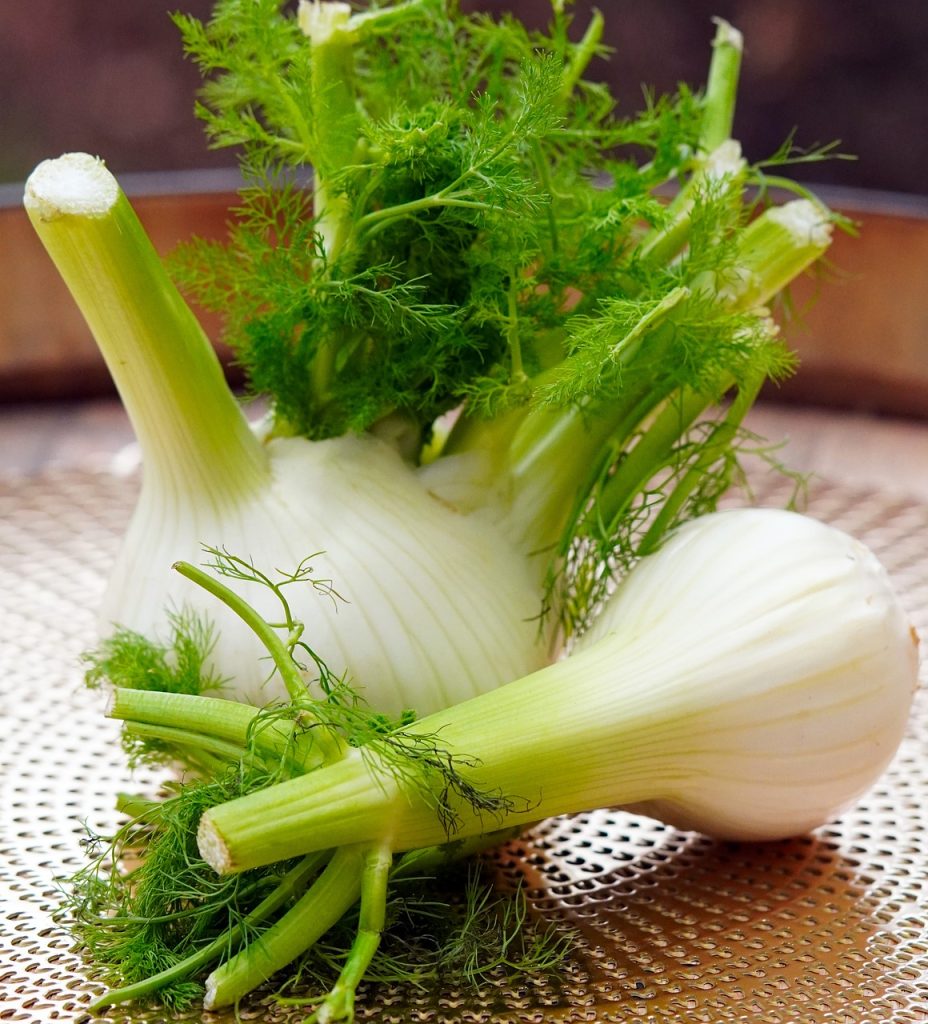
Description
Fennel (Foeniculum vulgare) is a perennial flowering herb that belongs to the carrot family Apiaceae and native to the Mediterranean region. It is grown for its flavorful bulbs, feathery leaves and seeds, which are all edible.
The plant grows a hollow stem that can reach up to 2.5 meters (8ft.) tall. Its flowers are tiny and yellow in color. Fennel is a good source of fiber, vitamin C, potassium, and antioxidants.
| Botanical name: Foeniculum vulgare | Propagation: Seeds |
| Common name: Fennel | Soil type: Sandy loam, loam |
| Family: Apiaceae | Soil pH: 6.0-7.0 |
| Plant type: Perennial | Temperature: 60°F to 70°F |
| Hardiness zones: USDA zones 4-9 | Light: Full sun |
| Mature size: 3-8ft. tall, 1-5ft. wide | Spacing: 12-18in. |
| Flower color: Yellow | Pollination: Insects |
| Time to maturity: 60-90 days | |
| Native area: Mediterranean |
Temperature requirements
Fennel prefers cool to mild temperatures for optimal growth. The ideal temperature range for growing fennel is between 60°F to 70°F (15°C to 21°C).
Fennel is generally frost-tolerant, and it can withstand light frosts.
Soil requirements
Fennel grows well in soil with a slightly acidic to neutral pH range of 6.0 to 7.0.
Ensure good drainage to prevent waterlogged conditions, which can lead to root rot.
Fennel benefits from fertile soil enriched with organic matter. Incorporate well-rotted compost or aged manure into the soil before planting.
Light/Sun requirements
Fennel prefers to grow in an area that receives full sunlight. Ensure that the planting site receives at least 6 to 8 hours of direct sunlight daily.
When to plant Fennel
Fennel is best grown in cool weather, so it’s ideal to plant it in the spring or fall.
Planting Fennel from Seeds
If you’re starting from seeds, sow them directly in the garden after the last frost date in the spring.
Plant the seeds about 1/4 inch deep in the soil.
Space the seeds 12 to 18 inches apart.
How to grow Fennel in containers
Growing fennel in containers is a great option, especially if you have limited garden space or want to control its spreading tendencies.
Choose a container with a minimum depth of 12 inches and a diameter of at least 18 inches to provide enough space for the fennel’s root system.
Ensure the container has drainage holes to prevent waterlogged soil.
Fill the container with a well-draining potting mix with organic matter.
Sow fennel seeds directly into the container, spacing them about 6-12 inches apart.
Plant the seeds about 1/4 inch deep in the soil.
Water the soil well after planting. Keep the soil consistently moist but not waterlogged. Fennel prefers slightly moist conditions.
Care for Fennel plants
Watering: Keep the soil consistently moist, especially during dry periods, water at the base of the plant and not overhead to prevent fungal diseases.
Thinning: If you’ve planted fennel from seeds, thin the seedlings to ensure proper spacing once they are a few inches tall.
Fertilization: Fennel doesn’t usually require a lot of fertilizer. A balanced, all-purpose fertilizer applied in early spring is usually sufficient.
Weeding: Keep the area around the fennel plants free of weeds, as they can compete for nutrients and water.
Mulching: Mulch around the base of the plants to help retain moisture and suppress weeds.
Companion planting
Fennel can be a good companion plant for certain vegetables like tomatoes and brassicas. However, it should be kept away from beans and other plants that are sensitive to fennel’s allelopathic compounds.
How to Harvest Fennel
Harvesting leaves: Harvest fennel leaves once the plant has reached a reasonable size. Use fresh leaves in salads or as a garnish.
Harvesting bulbs: Harvest the bulbs when they reach a size of 3 inches or more in diameter. Cut the bulb off at the soil level.
Harvesting seeds: Allow some plants to flower and produce seeds if you want to collect fennel seeds for culinary or planting purposes.
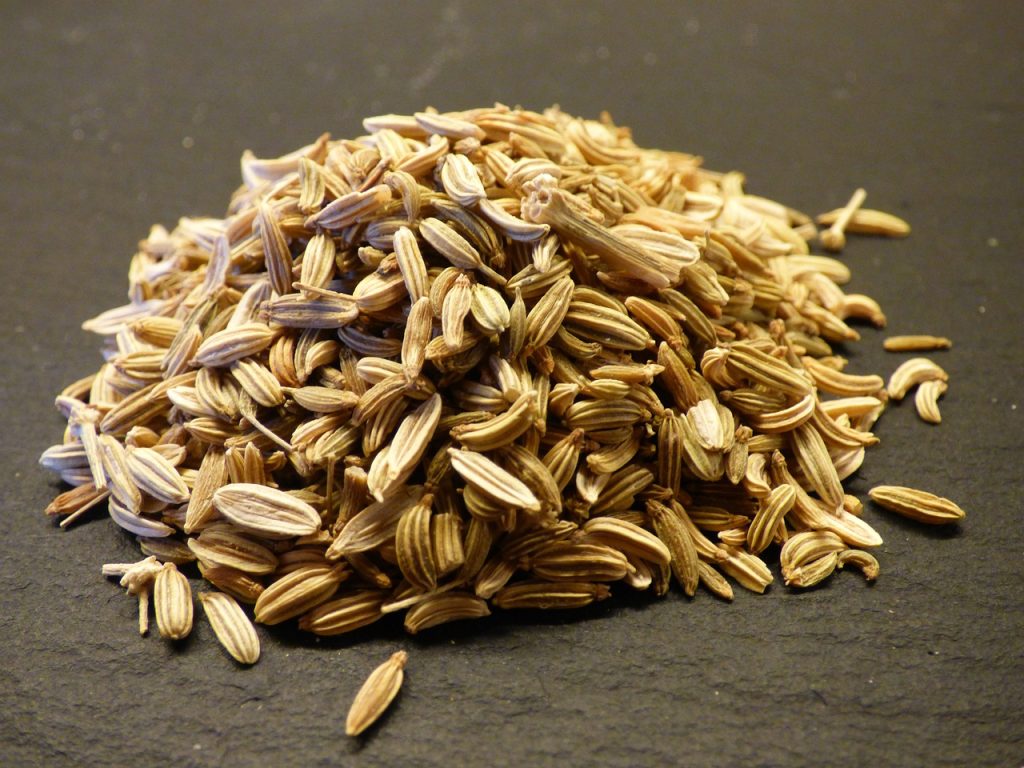
Common problems
Pests: Fennel plants are usually attacked by aphids and caterpillars. You can use insecticidal soap to control these pests.
Diseases: Fennel can be susceptible to fungal diseases. Ensure good air circulation and avoid overhead watering.
Bolting: Fennel may bolt (go to seed) in hot weather. Planting in the cooler seasons will help to prevent bolting.


